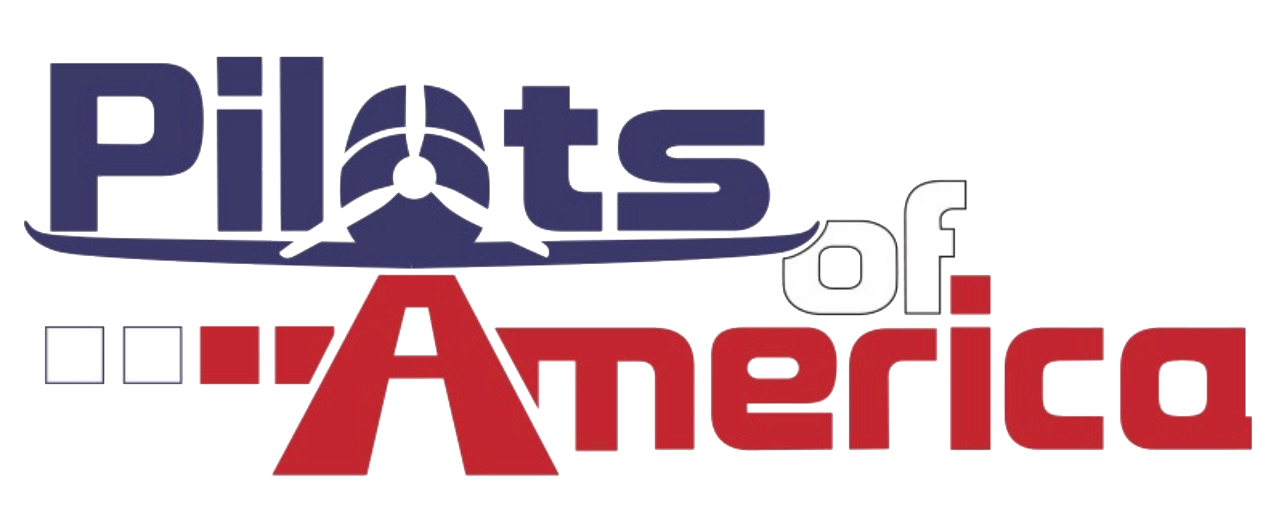Dan Thomas
Touchdown! Greaser!
- Joined
- Jun 16, 2008
- Messages
- 10,755
- Display Name
Display name:
Dan Thomas
Shimmy should not be tolerated. It does all sorts of damage to that expensive nosewheel strut and its parts, the airframe, the instruments, the radios, and so on. There's an old myth that "Cessnas just do that." It's wrong. I have cured numerous instances of persistent shimmy just by dynamically balancing the nosewheel/tire assembly, the same thing your car gets when you buy new tires. The common, cheapo static balance that most airplanes get, if they get anything at all, will not stop it. It can even make the shimmy worse. Dynamic and static imbalance are two very different things. We've seen extensive and common stories of much money spent on new torque links and bushings and shimmy dampers, all of which only mask the root problem, the dynamic imbalance, and the imbalance just wrecks all that new stuff and you're soon back to the old problem.A shimmy may be nothing bad, but it can also be some very bad stuff, blown tire, scissor link, blown damper, and so on, especially in a RG, if I’m under V1 and get any significant shimmy I’ll abort the takeoff, worse case you just blow some time and take off again
Do a search on POA for nosewheel shimmy. Endless posts. I have explained it too often already.

